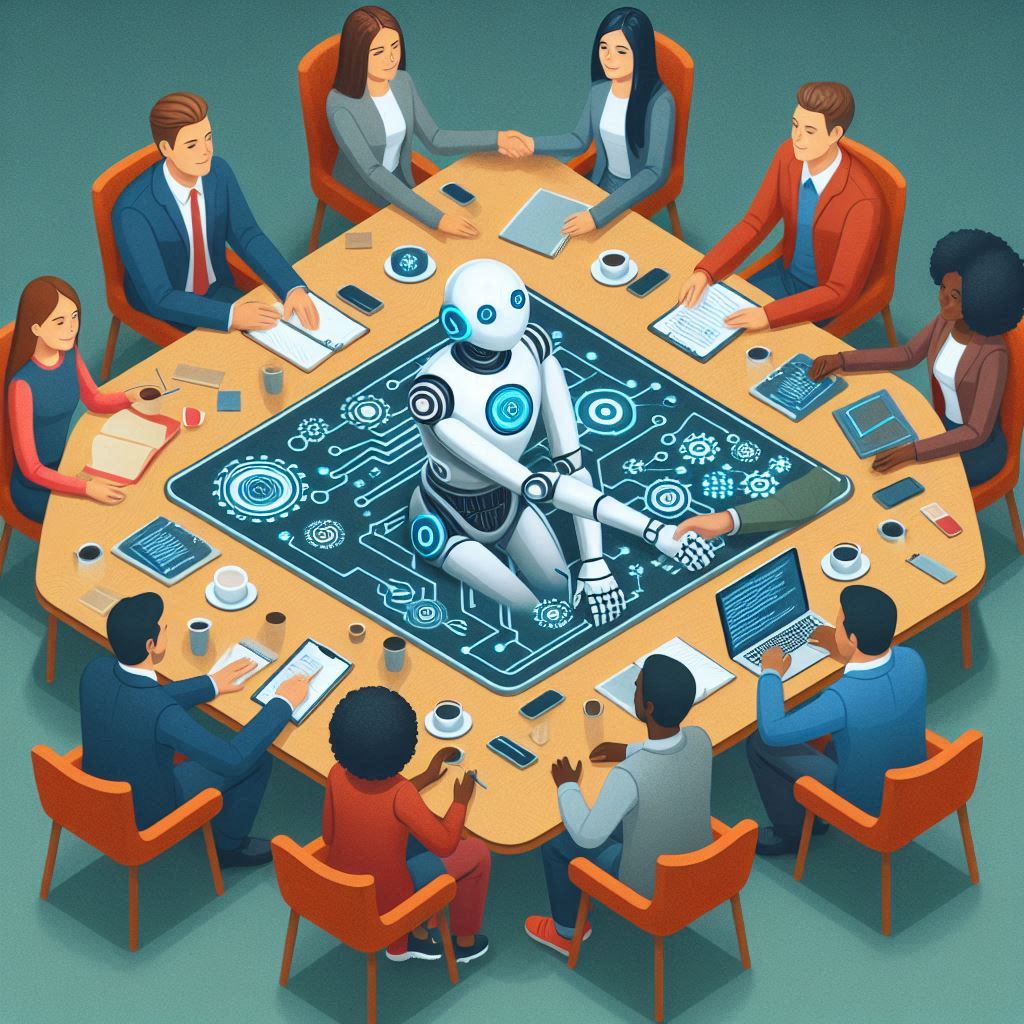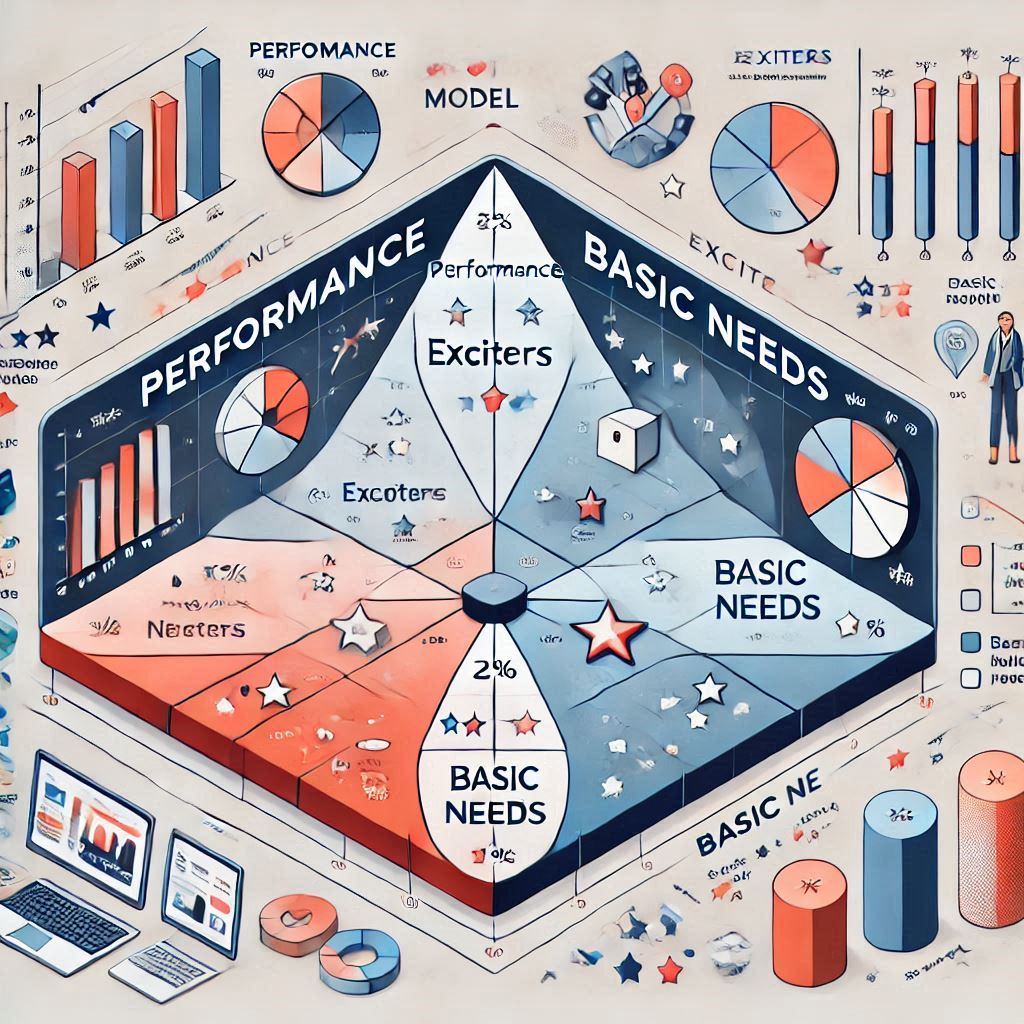-

AI in Healthcare: Revolutionizing Diagnostics and Personalized Medicine
Artificial Intelligence (AI) has emerged as a transformative force in healthcare, promising to revolutionize diagnostics, treatment plans, patient care, and beyond. As AI technologies continue to advance, they are being integrated into various facets of healthcare, leading to improved outcomes, increased efficiency, and a more personalized approach to medicine. This article explores how AI is…
-

Ethics in AI: Navigating the Ethical Maze in Developing and Deploying AI Technologies
Artificial Intelligence (AI) has increasingly become integral to various aspects of our lives—from enhancing the precision of medical diagnoses to transforming customer service. As AI technologies continue to evolve, the ethical implications of their development and deployment have come under scrutiny. This article delves into the ethical considerations and challenges that arise in the realm…
-

The MoSCoW Method: A Comprehensive Guide to Prioritizing Features
Introduction In the ever-evolving world of product development, prioritization is a crucial task that can make or break the success of a project. With limited resources and a plethora of potential features, teams need a systematic approach to determine which features should be developed first. The MoSCoW Method is a popular and effective prioritization framework…
-

The Kano Model: A Comprehensive Guide to Product Management and Feature Prioritization
Overview: The Kano Model The Kano Model, developed by Professor Noriaki Kano in the 1980s, is a sophisticated framework used to prioritize product features based on their impact on customer satisfaction. The model is predicated on the belief that not all product features contribute equally to customer happiness. By categorizing features into distinct groups, the…
-

RICE (Reach, Impact, Confidence, Effort): A Comprehensive Framework for Prioritizing Features
Overview: The RICE Framework In the fast-paced world of product development, teams often face the challenge of deciding which features or products to develop next. With limited resources and numerous potential initiatives, making the right choices is critical to delivering value to customers and achieving business goals. The RICE framework—standing for Reach, Impact, Confidence, and…
-

SAFe (Scaled Agile Framework): Scaling Agile Practices Across Large Organizations
Overview: The SAFe Framework The Scaled Agile Framework (SAFe) is designed to help large organizations scale Agile practices across multiple teams, ensuring that Agile methodologies can be effectively applied at an enterprise level. SAFe integrates the principles of Lean and Agile to provide a comprehensive approach that enhances productivity, quality, and time-to-market. By implementing SAFe,…
-

Jobs to be Done (JTBD): Understanding Customer Needs Through the Lens of Their Jobs
Overview: The JTBD Framework Jobs to be Done (JTBD) is a powerful framework for understanding customer needs based on the jobs they want to accomplish. Developed by Clayton Christensen and his colleagues, the JTBD theory posits that customers “hire” products or services to help them complete specific tasks, achieve goals, or solve problems. Unlike traditional…
-

OKRs (Objectives and Key Results): Setting Ambitious Goals and Tracking Outcomes
Overview: The OKR Methodology OKRs, or Objectives and Key Results, are a powerful framework used by organizations to set ambitious goals and track their outcomes. Originating from Intel and popularized by companies like Google, OKRs have become a widely adopted method for aligning teams, driving focus, and achieving measurable results. The OKR methodology is designed…
-

Design Thinking: A User-Centered Approach for Solving Complex Problems
Overview: The Design Thinking Methodology Design Thinking is a user-centered approach to problem-solving that focuses on understanding user needs, generating creative solutions, and testing these solutions through iterative processes. It is especially relevant in the software and SaaS (Software as a Service) industries, where user experience and rapid innovation are paramount. The methodology is structured…

